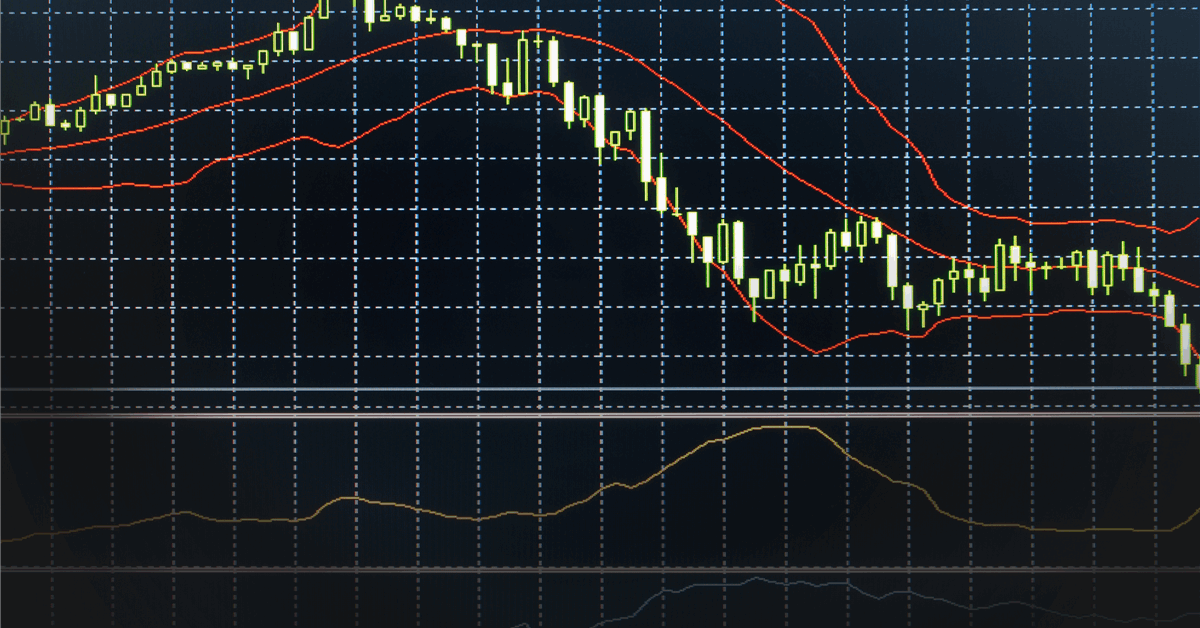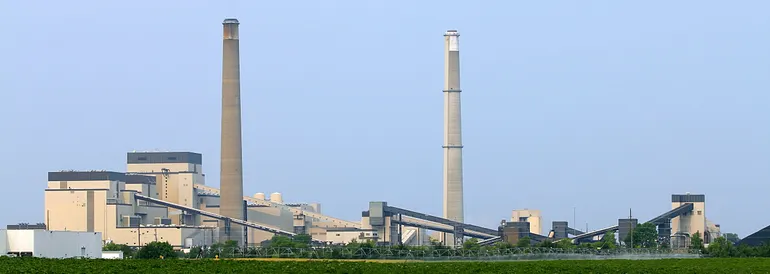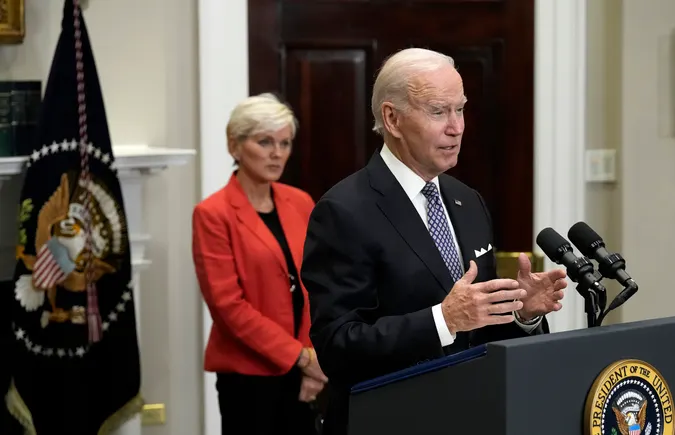
An inter-agency study has found that federal lands in the contiguous United States could further support hundreds more gigawatts of renewable energy (RE) generation even when assuming limited siting.
The study by the Department of Energy’s (DOE) National Renewable Energy Laboratory (NREL), conducted in cooperation with the agriculture, defense and interior departments, found there is technical potential for 5,750 gigawatts (GW) of utility photovoltaic (UPV) installations on 44 million acres of developable federal land across the contiguous U.S. The term refers to the lower 48 states and the District of Columbia and excludes Alaska, Hawaii and U.S. territories.
For onshore wind, the technical potential — the maximum amount of available resource based on the amount of federal land administered, suitability of the land for RE development, and the energy resource availability — is 875 GW on 43 million acres.
Meanwhile the technical potential for hydrothermal is 130 GW on 12 million acres while that for enhanced geothermal is 975 GW on 27 million acres.
The Bureau of Land Management (BLM) has the highest technical potential of all federal land administrators, followed by the Forest Service and the Defense Department.
“DOE, FWS [Fish and Wildlife Service], and other federal land administrators have relatively modest RE technical potential”, stated the report published on NREL’s website.
“When modeling a limited-siting case, we estimate the technical potential on federal lands to decline by 70 percent (to 1,750 GW) for UPV and by 96 percent (to 70 GW) for wind, compared to the reference siting case”, the report said.
Out of seven scenarios presented in the report, the three central scenarios estimate 51–84 GW of solar, wind and geothermal capacity are deployed onshore the contiguous U.S. by 2035, when the country should have achieved 100 percent clean power as targeted. The scenarios are based on various factors including technology costs, performance assumptions, siting constraints and transmission interconnectedness.
“That level of deployment by 2035, which could entail authorizing such projects by around 2030, is enough to provide up to about 10 percent of the reliable, renewable energy needed to reach net-zero emissions in the electricity sector”, the DOE said in an online statement.
The Interior Department has already permitted over 30 GW of clean energy projects on federal lands, surpassing its congressionally authorized goal of 25 GW goal and ahead of the 2025 target date, the DOE said. The permitted capacity is enough to power more than 15 million homes, it said.
The combined capacity of UPV, wind and geothermal ranges from 26 GW in the lowest estimate to 270 GW in the most optimistic deployment projection.
In most scenarios, less than two million acres would be developed for renewable energy by 2035, of which less than 815,000 acres would be disturbed.
“For context, during fiscal year 2023, 20.5 million acres of federal lands were under lease for oil and gas development, of which about 12.3 million acres were actively used for production”, the report said.
NREL used a geospatial model to calculate the technical potential for RE sources. To help ensure the model follows realistic assumptions, NREL sought expertise from the BLM, the FWS, the Forest Service, the Defense Department and the DOE.
“The participation of the partner federal agencies is needed for this study given their expertise on suitability for RE development on lands administered by these agencies, as well as their role in reviewing projects on lands managed by other agencies, and their expertise on other resource or land use considerations that might preclude or foster RE development”, the report explained.
After determining the technical potential, NREL used a power sector model to identify what energy technologies to build and where across the seven scenarios.
Energy Secretary Jennifer M. Granholm said, “DOE is a data-driven agency and the data shows that the nation’s growing energy demand can be met with cleaner, cheaper, more resilient power”.
To contact the author, email [email protected]























